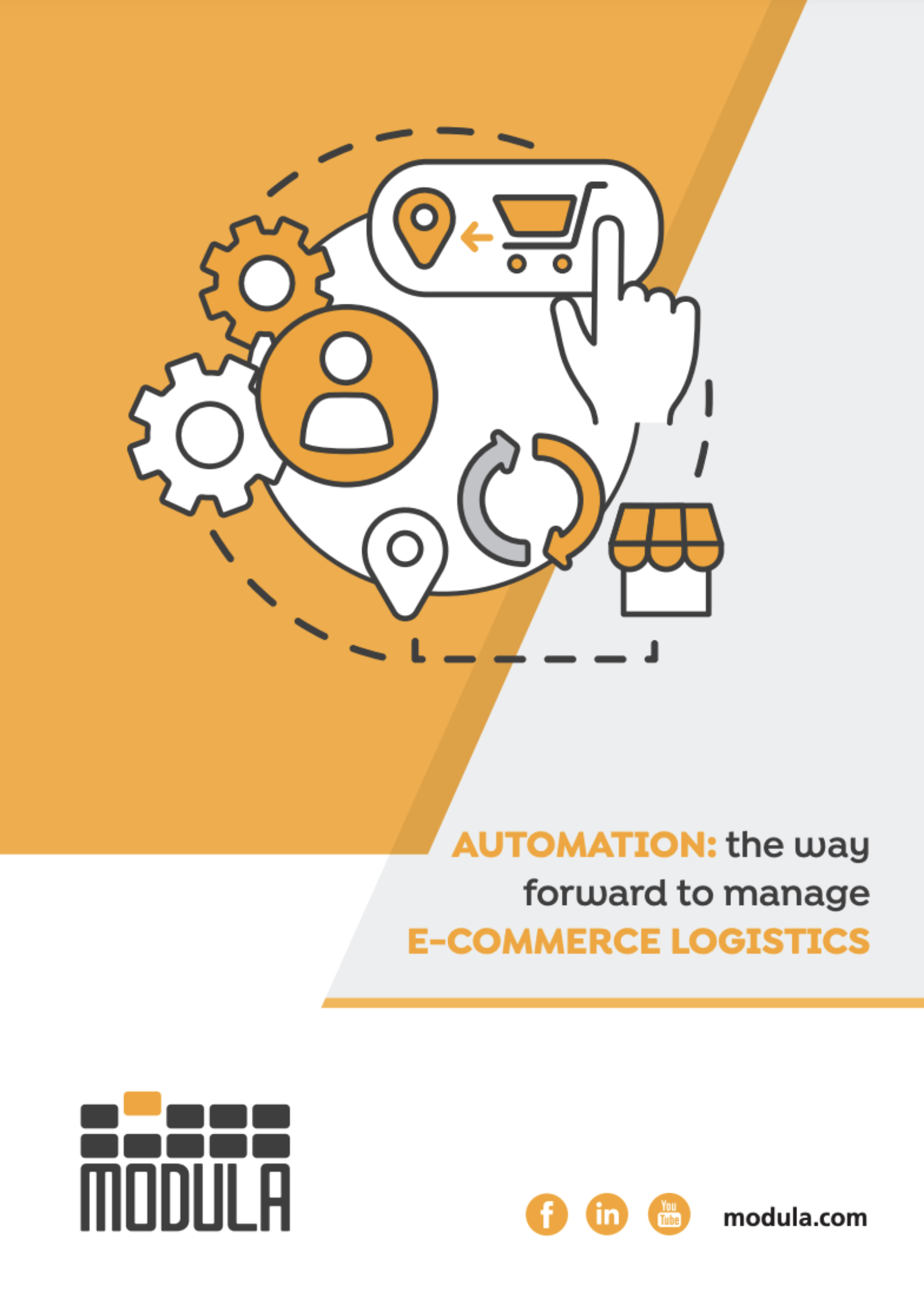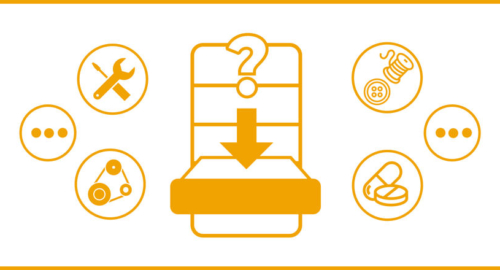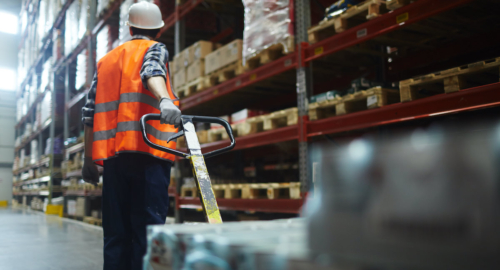Like never before, companies must start thinking about a strategy that involves a new way of buying for consumers, generally called BOPIS: Buy Online and Pick Up In Store. In fact, consumers are becoming increasingly used to shopping online and picking up their purchases at the store.
There are many reasons why this purchasing method is gaining traction:
- The possibility to see and touch the products before taking them home
- Savings on shipping costs
- Convenience
- The possibility to return the product immediately
For companies, however, adapting to this new sales method is not so immediate because it involves having to develop, sometimes from scratch, a new order and warehouse management system.
Buy Online and Pick Up In Store (BOPIS) for an omnichannel sales strategy
For many years, especially since e-commerce has taken hold in the market, there has been talk of omnichannel retail strategies, meaning the need for companies to create an integration strategy between the different channels, in order to enlarge the customer base and provide a fully-integrated shopping experience. The mix of channels that companies use to meet the demand of new digital consumers is crucial for their success, and this is confirmed by the current historical events. The integration of the physical and virtual (web and mobile) distribution networks has become a necessity rather than a choice.
Micro-fulfillment: What it is and how it works
More and more sectors are turning to e-commerce and digitalization and delivery in 1 day, or even within a few hours, is something that consumers expect when they buy any kind of good and/or service.
In this context, Micro-fulfillment centers enter the scene, that is, small specialized centers able to procure and distribute products to consumers in relation to orders placed online. These centers are often located in urban areas thanks to their small size. In fact, a classic storage center that is generally completely automated requires a lot of space, while a micro-fulfillment center requires just over 550 square meters. This solution has been developed in view of the need to reduce distance from consumers and delivery times as much as possible.
Thanks to Amazon, the public is used to receiving products ordered online the following day, sometimes even on the same day. In these centers, the use of robotics and artificial intelligence makes it possible to assemble and prepare a shipment within 5 minutes.
Speed has proven to be the key to success, as well as the aspect on which companies must focus. Specifically, we speak of a decrease in lead time, or the time between production and delivery. To deliver an order in the shortest possible time, effective management of the logisticschain is obviously critical.
How to automate warehouses in the context of a BOPIS strategy
A BOPIS strategy results in clear benefits for both consumers and retailers. In fact, a growing number of companies in the retail sector are offering omnichannel solutions with the aim to remain competitive in the e-commerce domain.
When offering a Buy Online and Pick Up In Store solution, companies must store ever-increasing volumes of products which must then be packed specifically to meet the demand from online customers. This is why it has become increasingly important to have advanced and automated systems for inventory and warehouse management. Having a real-time view of the warehouse situation is of the utmost importance. So, what solutions are available?
Certainly, automation systems have become extremely important: for example, automatic vertical storage systems (VLM) could represent the first step towards an increasingly automated warehouse. These large vertical systems enable the storage of about 90,000 kg of goods, saving up to 90% of the footprint usually needed by a traditional storage system.
Automatic vertical storage systems are provided with a WMS that connects them to the company’s ERP in order to keep track of the stock and the related handling operations, providing an overview of the warehouse situation at any time.
Simply imagine having to double the number of orders to be completed in a single day, to understand how essential it is to optimize picking operations. But how?
- Reducing the lead time: by knowing the exact position of the goods, warehouse personnel no longer need to spend time looking for goods and checking their actual availability.
- Preventing out of stock situations: a greater quantity of goods can be stored inside automatic vertical storage systems. In addition, by connecting the WMS to the e-commerce management system it is possible to prevent customers from ordering out of stock products.
Since BOPIS orders are placed online while the products are picked up offline, companies must have an automated system that integrates online and offline activities and is able to keep track of every single item stored and any related event in real time.
Automation: the way forward to manage e-commerce logistics



